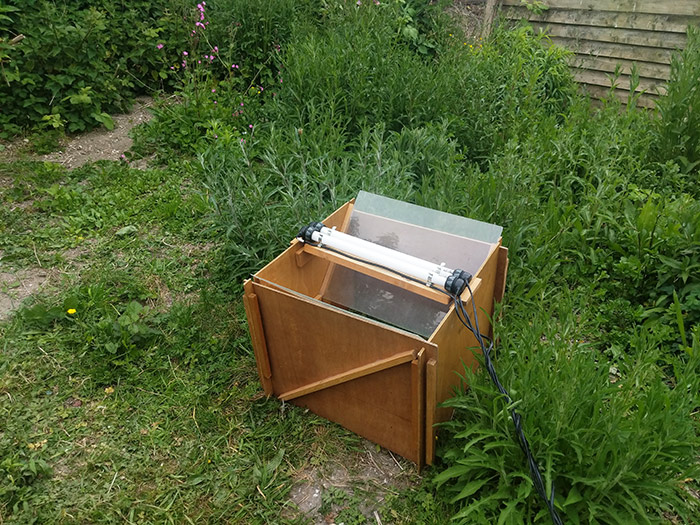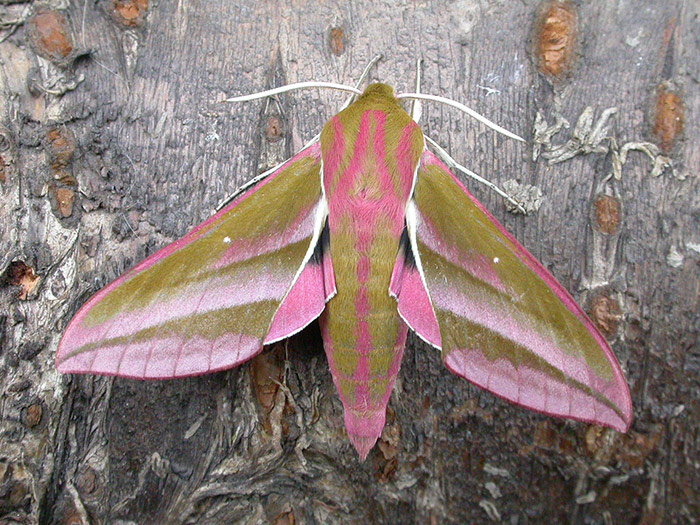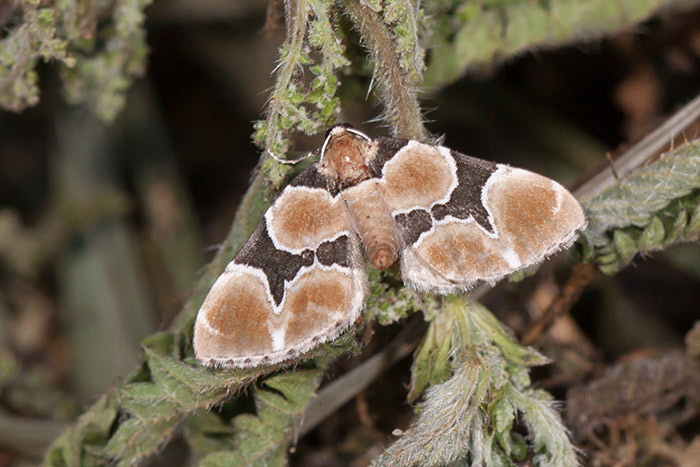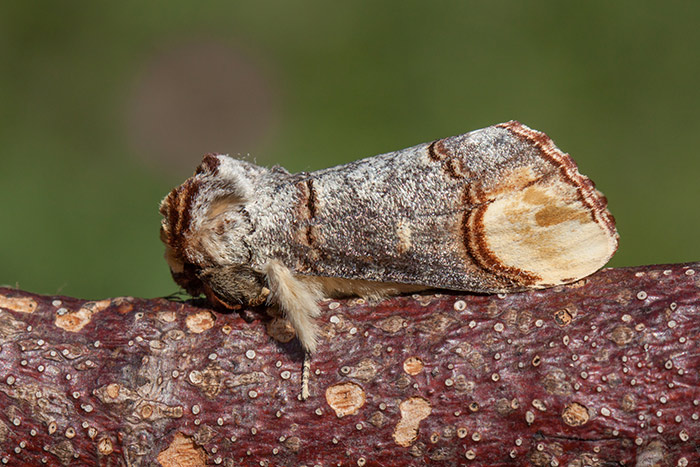The Joy of Moths
An introduction to garden moth trapping
Covid-19 lockdown has significantly restricted life as many of us know it, but at the same time has offered new possibilities closer to home. Many of us are enjoying our gardens more than ever, both for birds and for other wildlife, so could now be the time to join the ever-growing band of birder turned garden moth trapper?


The roughly 200 day flying species are relatively easy to observe, although many are quite habitat specific, so most gardens will be fairly limited in variety. The vast majority of moth species start flying late evening, and, for them, some equipment is required. At the most basic, an outside light left on after dark should attract moths, which often settle on a nearby lighted fence or wall, enabling close-up examination. An internal light left on with the window open will also work, but this has the potential to attract less welcome insect guests into your house.
If you decide you want to go further, and really explore the lepidopteran delights of your nocturnal garden, the best way to attract moths for study is through a purpose-built non-lethal trap. A moth trap consists of a special light, usually either a Mercury Vapour (MV) or an actinic bulb, over a funnel leading to a box containing egg boxes for the moths to rest amongst. There are plenty of instructions obtainable online if you wish to build one yourself, but ready-made kits are available and recommended from websites such as NHBS, ALS or Watkins and Doncaster. The decision of whether to go for an MV bulb or an actinic needs careful thought. Whilst an MV bulb, being far brighter, would seem the obvious choice, some species, particularly geometrids, respond more to the actinic wavelength, and it is also usually more successful during winter and early spring. In mid-summer, however, a 60w actinic trap typically produces around 40% fewer moths than a 125w MV, but it is also significantly cheaper to purchase. Another factor to consider is the location of the moth trap, and whether it might be overlooked by neighbours. An actinic is unobtrusive, but an MV will light up a significant area, and would need to be placed out of direct sight of nearby houses.

The following morning, it is wise to open the trap as early as possible. Not all moths end up actually inside the trap, with some choosing to roost either on the outside or in nearby vegetation. If you are trapping regularly, it doesn’t take long for the local birds to realise what a good source of food it is, so it is best to pot or release the moths as early as possible.
Once you have caught some moths, you’ll need something to put them in temporarily while you identify them. Plenty of clean, dry jam jars can suffice at first, but you’ll soon want to get some collecting pots, made of either plastic or glass, which can be bought from the same websites as the traps. A number of different sizes is recommended for the different sized moths; a moth should never be placed in a pot which is too small, as they are delicate animals and will easily damage themselves if they become restless. Moths are surprisingly docile, however, so they will usually sleep happily in a pot all day, until darkness comes again and their urges awaken. If a moth is fidgety, a few minutes in the fridge will help to calm it down.

Once you have finished identifying, and perhaps photographing, the moths, it will be time to release them. Ideally, release the moths well away from the trap site, in well vegetated, overgrown areas, which gives them plenty of places to hide away during the day. Try not to release all the moths in one area, to minimise the chance of birds or small mammals discovering the potential bounty. Releasing well away from the trap area will give you the option to trap on consecutive nights if you wish, as the moths from the previous night shouldn’t immediately jump back into the same trap, and can go away to feed and breed. If this isn’t possible, trap every other night, or don’t turn on the light until well after dark, to enable the moths to disperse naturally first.
If you keep an accurate account of the moths you identify, your records will be welcomed by your County Moth Recorder at the end of the year. The minimum each record requires is the species name, location (address or six-figure grid reference), the date the trap was initially set (not the date it was opened), trapping method (e.g. MV, actinic, lighted window or daytime observation) and, ideally, the number of each species, along with your own name and contact details. A count of each species may not be feasible at times, when you’re just starting trapping or on particularly busy nights, so a note to simply say the species was ‘present’ can suffice. The County Moth Recorder will then collate all the records, and make them available for scientific study, conservation and education.

So now your garden mothing adventure can begin!
Will Soar
18 May 2020
Share this story




